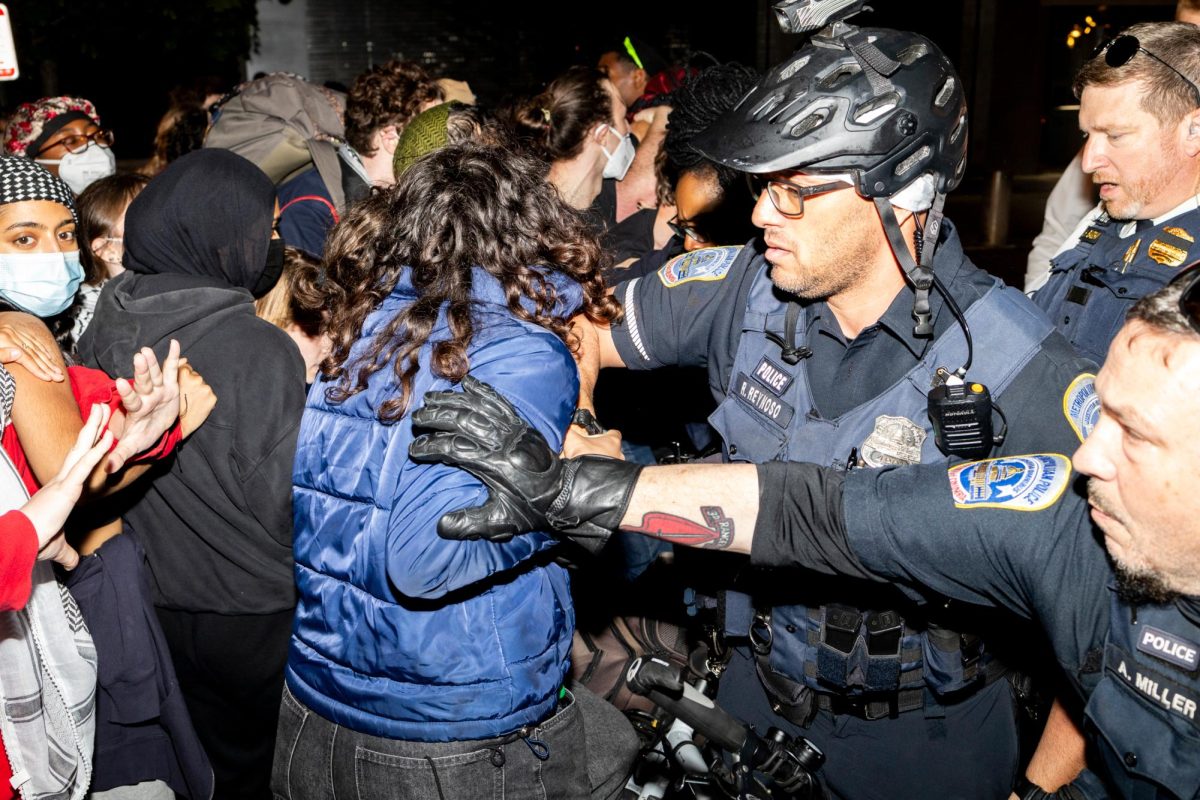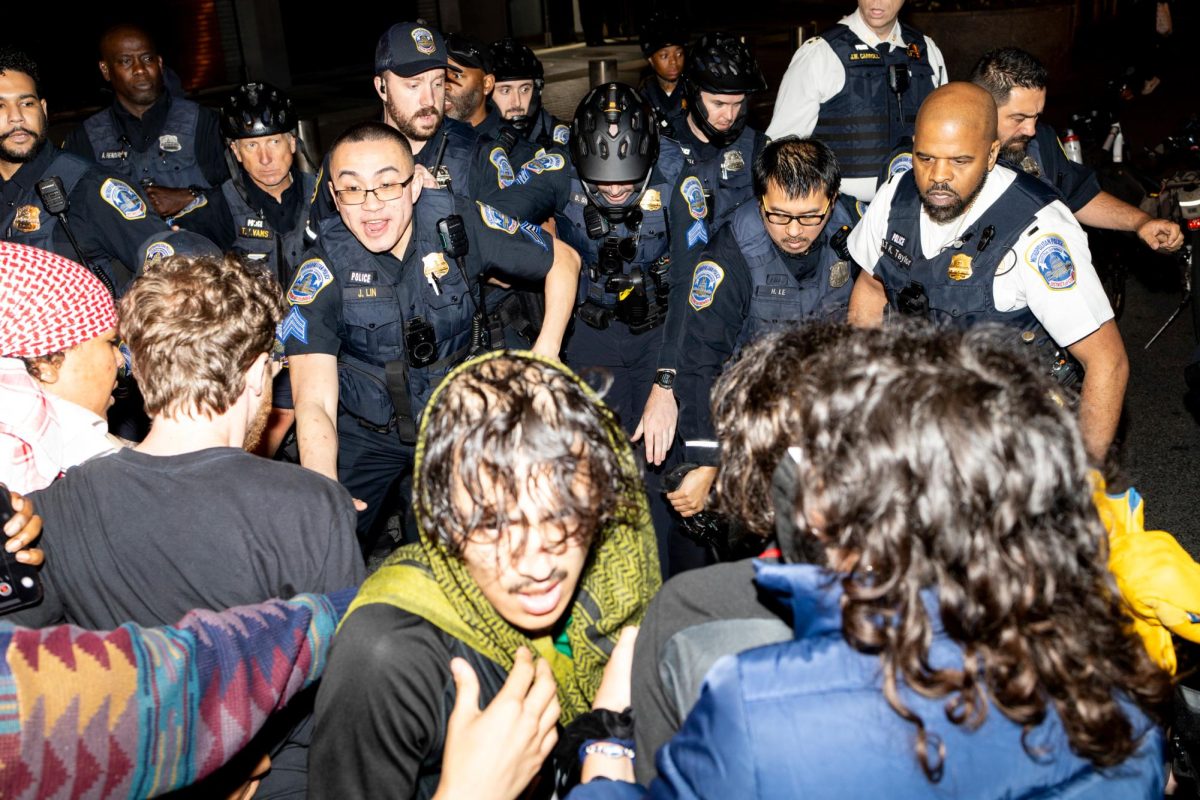In the next decade, minority students will outnumber white students graduating high school, according to a recently released report on higher education.
But officials at GW said this nationwide shift, identified by a Western Interstate Higher Education report, will not affect how the school recruits prospective applicants.
“The changes in high school graduation population, whether that be geographic or ethnically based, should not change how we admit students to GW,” said Kathryn Napper, executive dean for undergraduate admissions. “As a competitive and selective institution, we will continue to see many students applying to GW, and we will continue to select those students for admission who will be competitive in our environment.”
The report hypothesizes that the population of non-Hispanic white students will decrease by 10 percent or more, while the population of minority graduates will increase by a similar amount. The most minority growth will take place in the United States’ southern and western regions, and most of the white decline will take place in New York, Pennsylvania and Massachusetts.
Over the past 10 years, GW has hired regional admissions directors in Los Angeles, Atlanta, Chicago, Boston and northern New Jersey in an effort to expand its outreach in select growing markets while increasing its presence in traditional markets.
Massachusetts, Michigan, Pennsylvania and New York are expected to experience as much as a 10 percent decrease in high school graduates, which “is a bit of a concern since many of these states are represented well in our freshman population,” Napper said.
Fifteen percent of this year’s undergraduates hail from New York. About 8 percent come from Pennsylvania and Massachusetts, the report states.
A seperate report issued by the National Center for Education Statistics in fall 2006 indicates that increasing numbers of minority high school graduates will mean increased numbers of minority college students.
The report speculates there will be 27 percent more black students and 42 percent more Hispanic students enrolled in colleges nationwide in 2015, according to the report. The study indicates only a 6 percent increase in the number of white students.
Daniel Small, director of student financial assistance, said it is difficult to predict whether these shifting demographics will affect the University’s allocation of financial aid.
“Our overall approach is to provide the necessary financial aid so a student can enroll at GW,” he said. “We will constantly monitor our enrollment and the types of students interested in enrolling at GW, (and) if there are changes that need adjustments we will do what is necessary to make the best students enroll.”
Michael Tapscott, director of GW’s Multicultural Student Services Center, said he is looking forward to seeing college campuses diversify.
“In the market for highly selective minority students, the pool is actually currently not as deep as I would like,” Tapscott said. “I wish there were more students in the pool.”
Black, Asian and Hispanic students currently make up less than 25 percent of GW’s undergraduate population, according to the Office of Institutional Research.
“Under-represented populations need to be supported consistently,” he said. “Traditionally black students have been the minority. The changing college population may make GW reach that balance point faster.”







